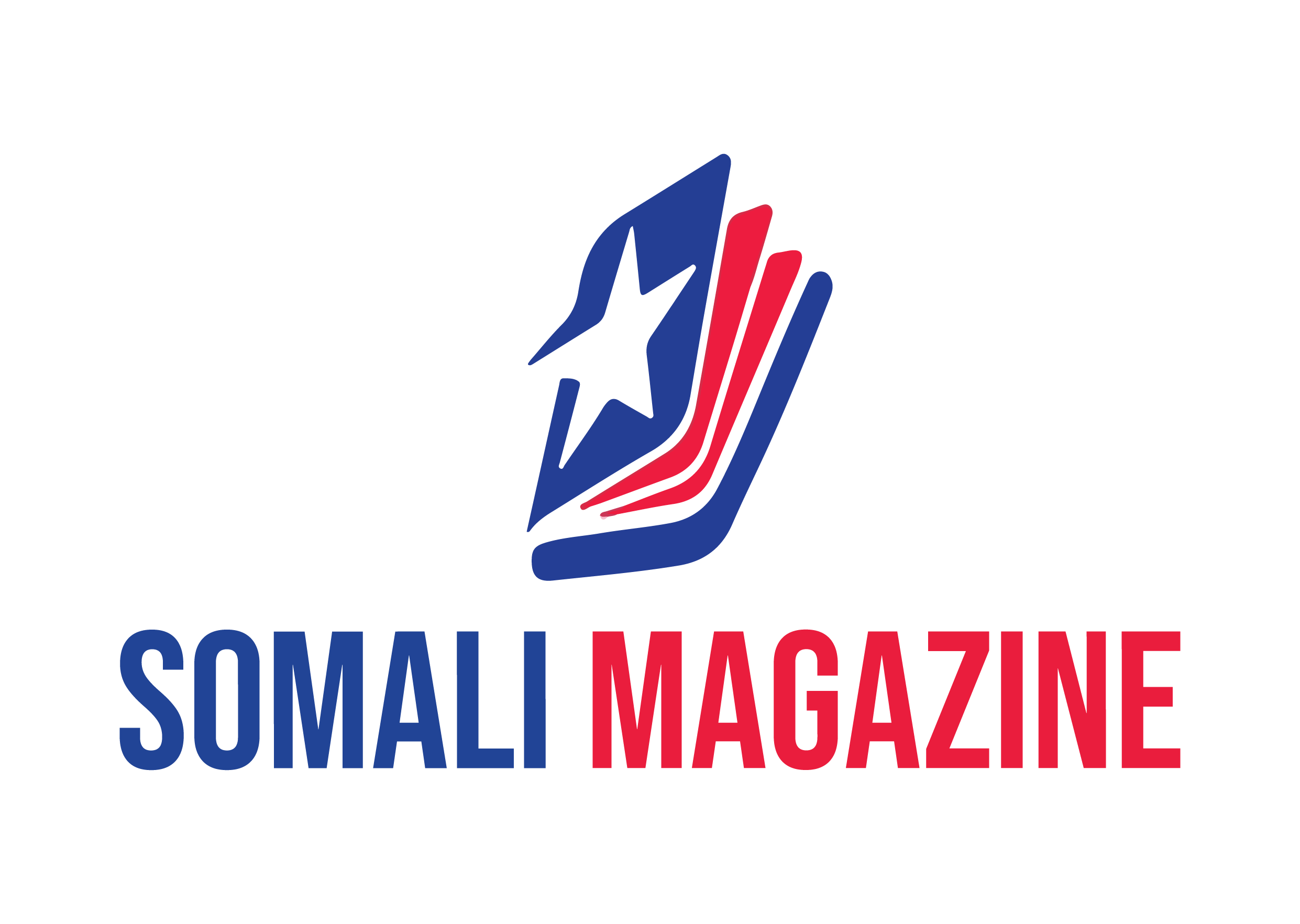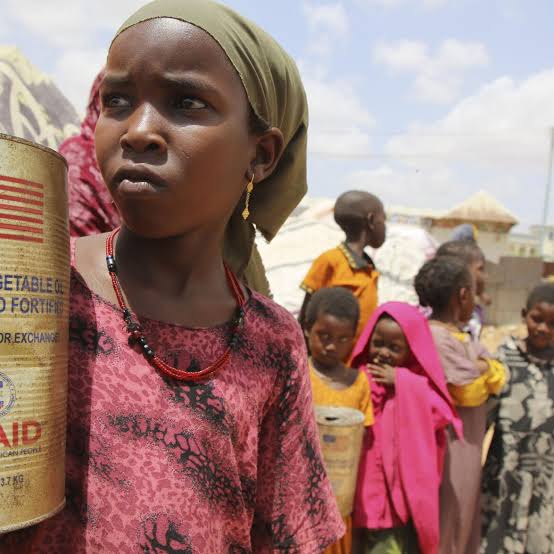Facebook Twitter (X) Instagram Somali Magazine - People's Magazine
In a humanitarian crisis unfolding across Somalia, thousands of internally displaced persons (IDPs) are facing severe hardships as a result of the recent freeze on USAID. The decision, enacted by U.S. President Donald Trump through an executive order on January 20, has halted critical funding to non-governmental organizations (NGOs) operating in the country, leaving millions without access to food, medical care, and essential resources.
For Somalia, a country already grappling with conflict, drought, and food insecurity, this aid suspension threatens to deepen an already dire situation. The United States, one of the largest providers of foreign aid, allocated approximately $60 billion globally in 2023, with Somalia receiving a significant share to support emergency nutrition programs, sanitation, and humanitarian relief efforts. USAID alone spent $369 million in Somalia in 2021, funding life-saving programs that are now at risk of being discontinued.
In the Maslah IDP camp on the outskirts of Mogadishu, thousands of displaced Somalis now face uncertainty. Ayan Ali Hussein, chairwoman of the Dooxdoox IDP camp, expressed grave concerns about the immediate impact of the aid freeze, explaining that services for malnourished children and victims of gender-based violence have been abruptly suspended. Essential support, including counseling, protection, medication, and even clothing, has been cut off, leaving vulnerable populations without lifelines. Hussein’s camp, which oversees eight sites housing nearly 8,000 households, is now struggling to provide even the most basic necessities such as plastic sheets for temporary shelter.
The situation is particularly dire for the elderly and those with chronic illnesses. Ruqiya Abdulle Ubeyd, an 85-year-old mother of eight, voiced her distress over the decision, pleading with the U.S. government to restore aid. Her sentiments are echoed by many across Somalia, where NGOs have long played a crucial role in providing healthcare, food, and emergency relief.
One of the most affected organizations is the Somali Young Doctors Association (SOYDA), a vital provider of medical assistance in IDP camps. Dr. Abdiqani Sheikh Omar, SOYDA’s founder and a former high-ranking official in Somalia’s health ministry, warned that the sudden halt in funding has thrown healthcare operations into disarray. The organization had been set to receive $125 million in 2025 for its programs, which now face cancellation. In response to the crisis, SOYDA has been forced to prioritize critical nutrition and hygiene programs while also seeking alternative solutions to sustain medical care. Many of its staff members are now volunteering part-time to fill the gaps left by budget cuts.
For camp residents like Hussein Abikar, a father of five, the aid freeze has upended life. Previously, families could rely on SOYDA for medical treatment when their children fell ill, but now, with limited resources and widespread job losses among NGO workers, access to healthcare has become uncertain. The economic impact extends beyond the humanitarian sector, as many Somali citizens employed by international aid agencies are now left without work, further exacerbating the country’s struggles.
As Somalia reels from the loss of U.S. humanitarian assistance, the fate of millions remains uncertain. The combination of internal displacement, ongoing insurgency, and natural disasters has already placed immense pressure on the country’s fragile infrastructure. With aid programs collapsing, Somali leaders and humanitarian organizations are now calling for urgent intervention to prevent further suffering. The suspension of funding not only threatens lives but also destabilizes efforts to build resilience in a country that depends heavily on international support.

